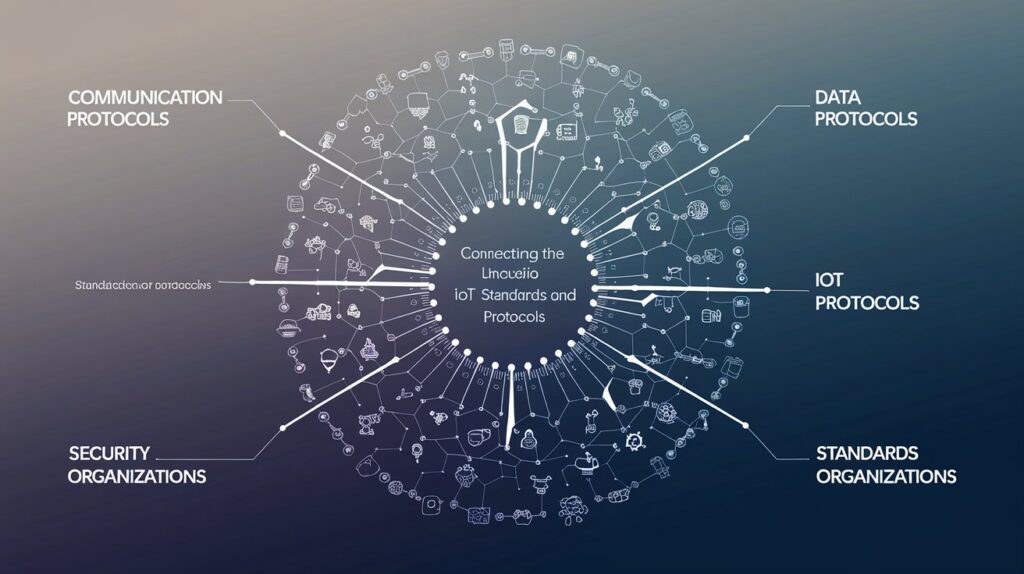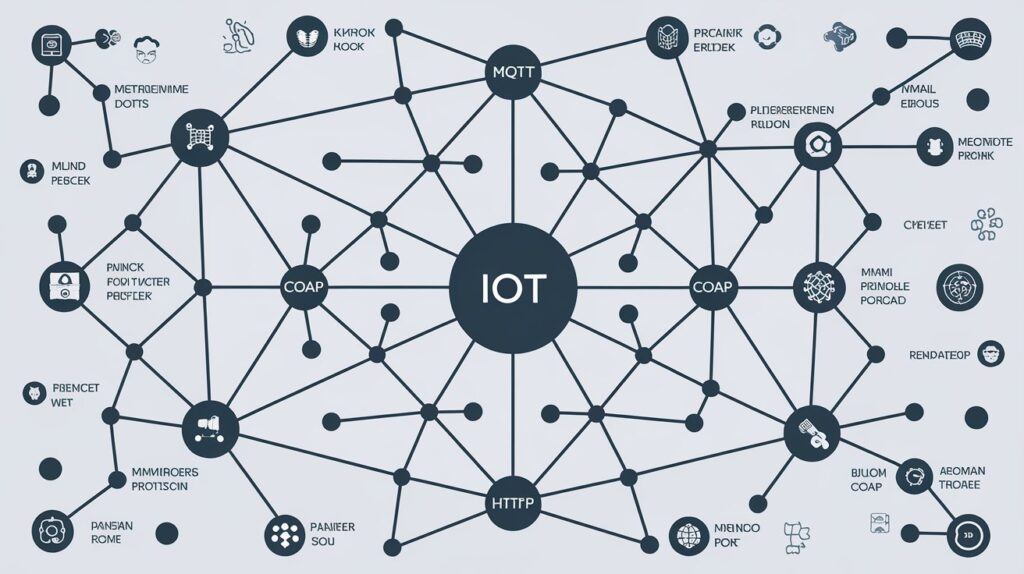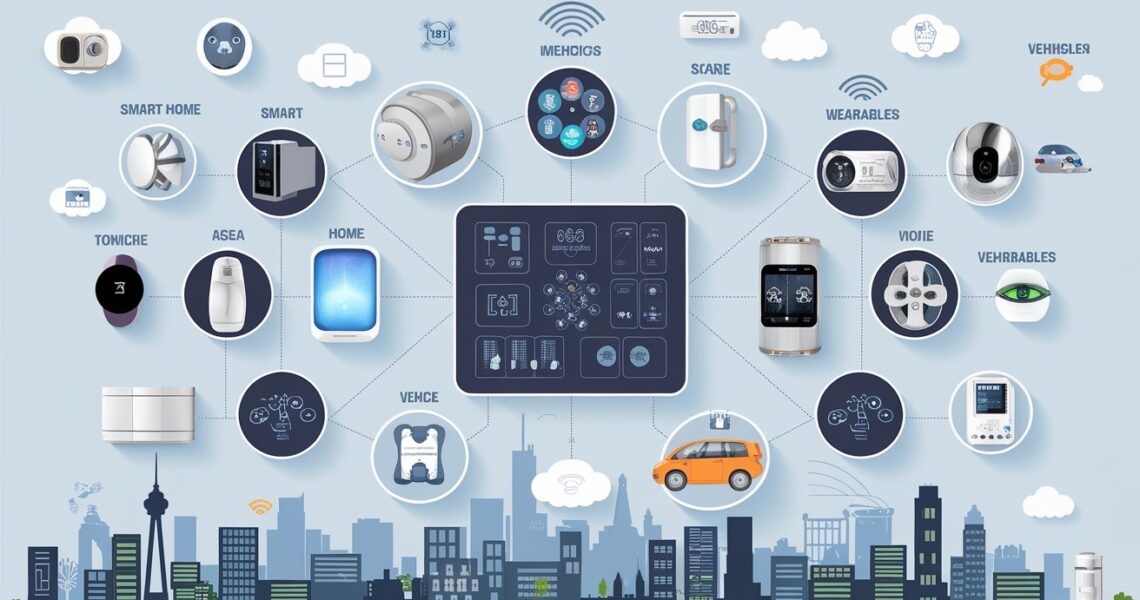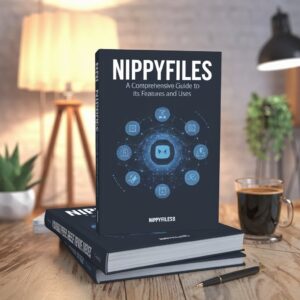Connecting the Dots: Unraveling IoT Standards and Protocols
November 13, 2024The Internet of Things (IoT) is transforming the way devices interact with each other, creating a seamless network of interconnected systems. Yet, one of the biggest challenges remains: how do these devices communicate effectively across different platforms and environments? The answer lies in the IoT standards and protocols. Understanding these is crucial for ensuring compatibility, security, and efficiency. In this article, we’ll delve into the core standards and protocols that power the IoT, helping to connect the dots in this rapidly evolving space.
What Are IoT Standards and Protocols?
At its core, an IoT protocol defines the rules and procedures for how devices communicate over a network. Standards, on the other hand, provide the foundation for consistency, ensuring interoperability and data sharing between different IoT devices and networks. Without these guiding frameworks, devices could end up being isolated, unable to “talk” to each other, which would undermine the very premise of the IoT ecosystem.
For instance, think of how your smartphone connects with a smart thermostat, a light bulb, or even a fridge. These devices may all be from different manufacturers, but they can still exchange data and work together smoothly. The protocols and standards that govern these interactions make this possible.
Key IoT Protocols
- MQTT (Message Queuing Telemetry Transport)
MQTT is a lightweight, publish-subscribe messaging protocol designed for small sensors and mobile devices. It’s ideal for applications requiring efficient, real-time communication, such as smart home devices or industrial monitoring systems. MQTT operates on a client-server model, where the server is referred to as the “broker,” and devices communicate by publishing and subscribing to topics. This protocol is especially suited for IoT networks due to its minimal bandwidth and low power consumption.
- CoAP (Constrained Application Protocol)
CoAP is another lightweight protocol designed for simple devices and networks. It is similar to HTTP but optimized for constrained environments. This makes it a popular choice in IoT applications that need to operate with limited memory and processing power, like sensor networks or low-cost devices. CoAP is designed to work well in low-bandwidth and high-latency conditions, ensuring smooth operation even in less-than-ideal network environments.
- HTTP/HTTPS (Hypertext Transfer Protocol)
Although not originally designed for IoT, HTTP remains one of the most widely used protocols in the connected world. It’s the protocol that powers the web, enabling communication between web browsers and servers. Many IoT devices use HTTP or its secure variant, HTTPS, to communicate with cloud services or web applications. However, HTTP can be less efficient for constrained devices, as it tends to use more bandwidth and power than protocols like MQTT and CoAP.
- Zigbee
Zigbee is a low-power, short-range communication protocol used primarily in home automation and industrial IoT applications. It operates on the IEEE 802.15.4 standard and is designed for low-data-rate, low-power devices. Zigbee’s ability to form mesh networks makes it ideal for environments where devices need to communicate across a wide area without relying on a central hub.
- Bluetooth Low Energy (BLE)
Bluetooth Low Energy is a power-efficient version of the traditional Bluetooth technology, designed for short-range communication. BLE is widely used in applications like wearable devices, fitness trackers, and beacons. It offers a balance of low power consumption and high data throughput, making it suitable for IoT applications that don’t require constant data exchange.

IoT Standards
- IEEE 802.15.4
IEEE 802.15.4 is a key standard for wireless personal area networks (WPANs) and is the foundation for protocols like Zigbee and Thread. It defines the physical and data link layers of communication, ensuring that devices can reliably exchange information over short distances. This standard is crucial for ensuring that devices within an IoT network can communicate efficiently without interference.
- IPv6 (Internet Protocol version 6)
IPv6 is the latest version of the Internet Protocol, designed to handle the vast number of IoT devices that are now connected to the internet. Unlike its predecessor, IPv4, which has a limited number of available IP addresses, IPv6 provides an almost infinite number of unique addresses. This makes it possible for every IoT device, no matter how small, to have its own distinct identifier, ensuring that communication remains scalable and efficient.
- OneM2M
OneM2M is a global standard for machine-to-machine (M2M) communication in IoT. It provides a framework for different IoT applications to exchange data and services in a standardized way. This ensures that IoT devices and platforms from different manufacturers can work together seamlessly, promoting interoperability and reducing fragmentation in the IoT ecosystem.
- LoRaWAN (Long Range Wide Area Network)
LoRaWAN is a low-power, wide-area network (LPWAN) protocol designed for long-range communication. It’s commonly used in applications like smart agriculture, environmental monitoring, and asset tracking. LoRaWAN allows devices to communicate over several kilometers, making it an ideal choice for rural and remote areas. It also supports low data rates and low power consumption, making it perfect for devices that only need to transmit small amounts of data infrequently.
The Importance of Interoperability
In an IoT ecosystem, interoperability is key. Different devices, networks, and protocols must be able to work together, ensuring a smooth and seamless experience for users. This is where standards come in. By following industry-wide standards, manufacturers ensure that their devices can communicate with other devices in the ecosystem, regardless of the brand or platform. Without a common set of protocols and standards, the promise of an interconnected world would remain out of reach.
Interoperability also plays a crucial role in the security and privacy of IoT devices. When devices from different manufacturers communicate using standardized protocols, it becomes easier to ensure that they are following the same security protocols, reducing the risk of vulnerabilities that could compromise the network.

Future Trends in IoT Standards and Protocols
As the IoT continues to evolve, so too will the standards and protocols that power it. One of the key trends is the rise of 5G technology. 5G promises faster, more reliable connections, enabling IoT devices to communicate in real time with minimal latency. This opens up new possibilities for applications such as autonomous vehicles and remote surgeries, where real-time data transmission is critical.
Additionally, the push for greater energy efficiency in IoT devices will drive the development of new protocols and standards. Low-power, long-range networks like LoRaWAN and NB-IoT (Narrowband IoT) will become even more important as the number of connected devices continues to grow.
Also Read: Gina Torres Daughter Adopted: A Heartwarming Journey
Conclusion
In the world of IoT, understanding the standards and protocols that power the ecosystem is essential for creating a connected, secure, and efficient network. As we’ve explored, various protocols—such as MQTT, CoAP, and Zigbee—enable devices to communicate, while standards like IEEE 802.15.4 and IPv6 ensure interoperability. With the rapid evolution of technology, IoT protocols and standards will continue to adapt to new demands, making it crucial for both developers and users to stay informed. Connecting the dots: unraveling IoT standards and protocols isn’t just about understanding how devices talk to each other—it’s about ensuring the future of a smarter, more interconnected world.








[…] Also Read: Connecting the Dots: Unraveling IoT Standards and Protocols […]